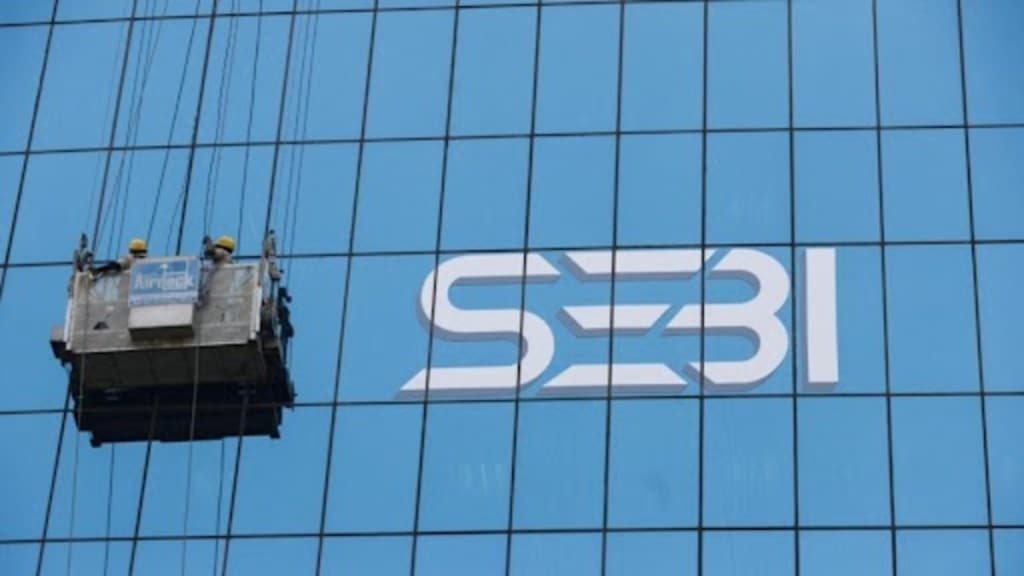Speaking at the Financial Express CFO Awards a couple of weeks ago, Securities and Exchange Board of India (SEBI) chairman Tuhin Kanta Pandey said the regulator would come down very hard on market manipulators. He repeated the message once again on Saturday. That the regulator is firm on walking the talk was evident a day earlier when it barred US-based quant trading firm Jane Street and four affiliates from accessing Indian markets and ordered the impounding of Rs 4,840 crore in alleged unlawful gains. The regulator’s 105-page interim order accused the firm of engineering expiry-day moves in Nifty and Bank Nifty indices to mislead traders and profit from options positions. The order details how Jane Street aggressively bought select index stocks in the morning to push the index up, and then reversed those trades while holding bearish options positions that gained as the index fell.
The impunity with which Jane Street functioned becomes apparent from the revelation that it had ignored a prior warning from the National Stock Exchange. While SEBI has shown the guts to take on a global high-frequency trader (HFT), the financial damages to the firm, however, would just sting it a bit. The impounded amount is just over 10% of the group’s total profits of Rs 36,671 crore between January 2023 and March 2025. The ripple effect of its actions on the markets can, however, be severe. Zerodha Founder Nithin Kamath has said, “Prop trading firms like Jane Street account for almost 50% of options trading volumes. If they pull back… it could also impact retail activity, which makes up about 35%.” But what is worse is that if proven true, the fraud will erode the faith of ordinary investors in a segment where 93% of retail options traders are already losing money. With India hosting the world’s largest equity derivatives market, accounting for 60% of global trading volume, SEBI has no option but to boost credibility of its surveillance systems in an era of high-speed, cross-border trades.
The point also is that market manipulation through algorithmic trading (mathematical models) is as difficult to prove as insider trading. After all, the firm can argue that there was no human intervention, but a mathematical model at play. However, as SEBI sources clarified, “the user of the algo is responsible for the output of the algo”. In other words, if the algo is designed to manipulate the market, the user needs to take responsibility. What is not in doubt is that SEBI should have shown more urgency in this case as brokers and mutual fund houses have been crying foul about the menace of market manipulation by global HFTs in the derivatives market for a long time. The question market pundits are asking is whether the regulator has the wherewithal to keep pace with the speed, complexity, and scale of modern derivatives trading. Manipulators often trade in both stock and options markets to create fake price moves. SEBI has to build systems that track both markets together and raise alerts when something looks suspicious. There is another important issue: SEBI’s order allows trading restrictions to be lifted if the impounded amount is paid. This is strange as it raises questions on future deterrence. The regulator needs to take a hard look at this.

